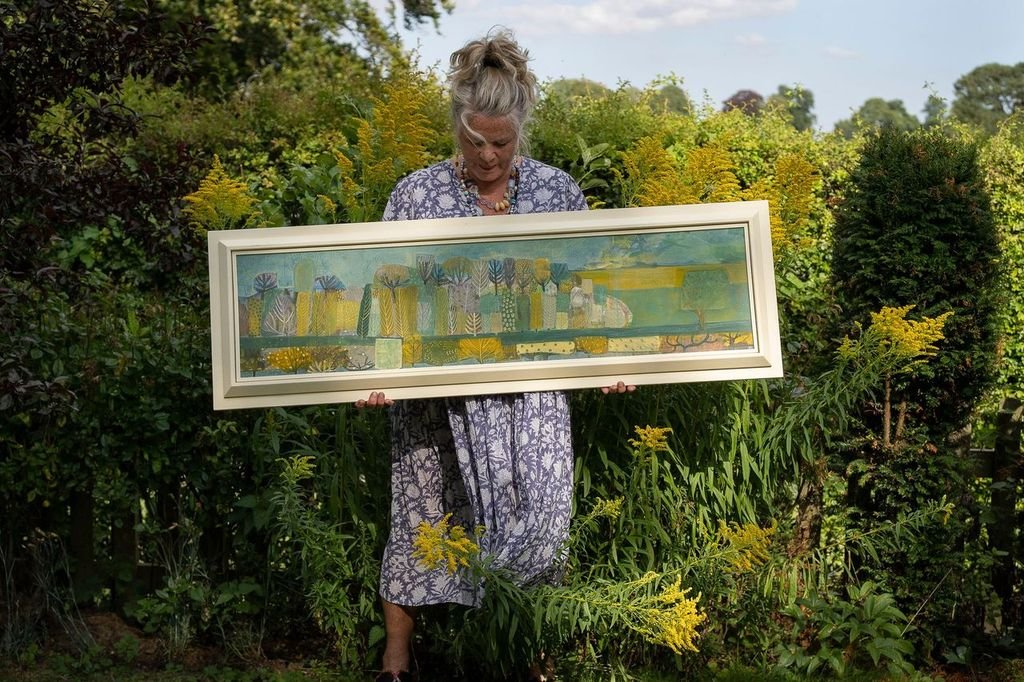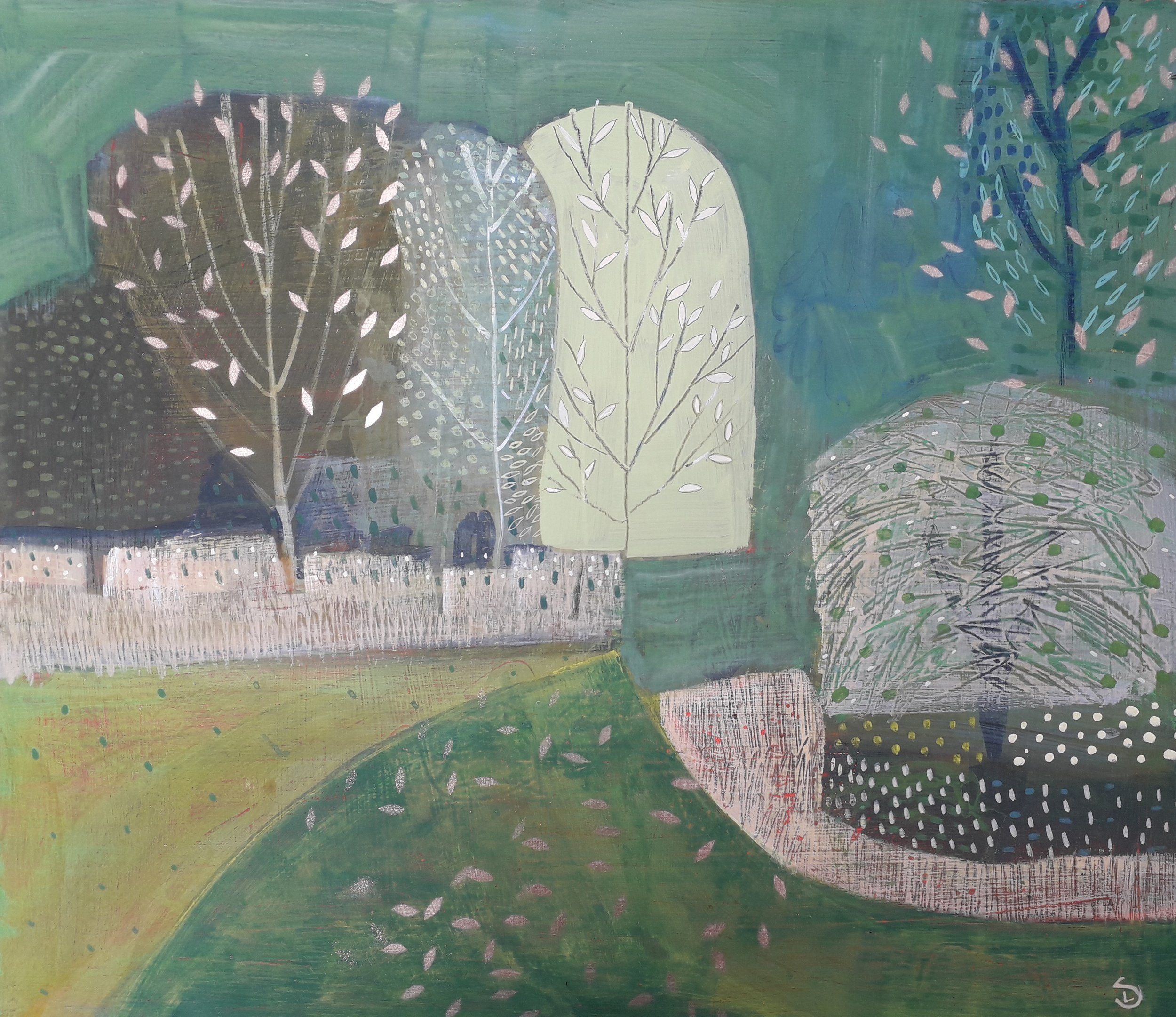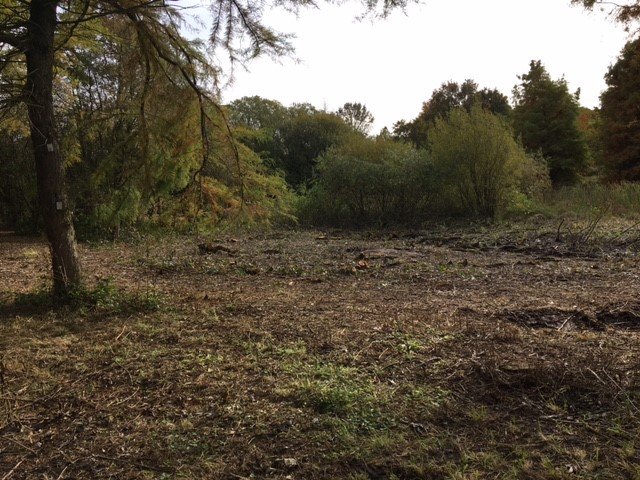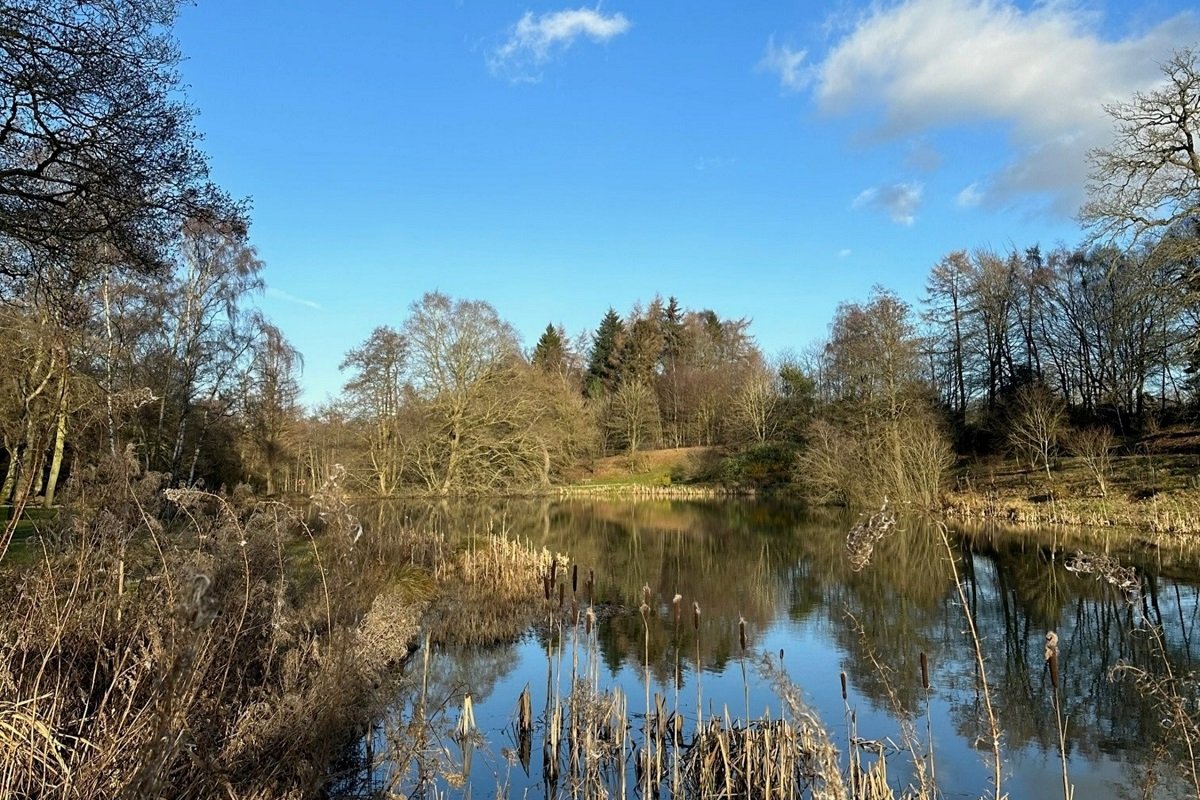If you go down to the woods today… you might just find an invisible battle being fought. Among the roots, branches, and leaves of our cherished trees, tiny fungal pathogens are at work—unseen, unstoppable (or so they think!), and utterly fascinating.
As part of UK Fungus Day 2025, I’m going to share how we’re tackling these tricky tree troubles at the Yorkshire Arboretum in North Yorkshire. Our 120-acre site is home to more than 9,000 trees from around the world and it’s a haven for biodiversity, education, and yes… fungi.
But not all fungi are friends. Let me introduce you to some of the villains of the arboretum:
The Ash Assassin: Hymenoscyphus fraxineus (Ash dieback)
This fungus arrived in the UK just over a decade ago and has changed our landscapes forever. Hymenoscyphus fraxineus causes ash dieback, attacking the tree’s vascular system and leading to dead branches, brittle stems, and often, eventual collapse. At the arboretum, we monitor our Fraxinus excelsior (common ash) specimens closely, collecting data to contribute to national research.
Look closely: leaf loss and diamond-shaped lesions on stems are classic signs. But the real trick? The fungus reproduces on the leaf litter below, where its tiny fruiting bodies fire off spores each summer.
Credit: Images taken from the Observatree Field Guide to Chalara – available from the Observatree website.
The Red Menace: Dothistroma septosporum (Red band needle blight)
Don’t be fooled by its dramatic splash of colour—Dothistroma septosporum is bad news for conifers, especially Pinus species including Corsican pine, lodgepole pine and Scots pine, along with some exotic pines in collections like ours.
It causes needles to turn reddish-brown with distinct transverse bands before falling off, leading to defoliation and reduced growth. Originating from overseas, it’s another example of why biosecurity matters. Wind-blown spores spread easily, so we practise strict hygiene when working around infected trees.
The Rusty Intruder: Gymnosporangium sabinae (Pear rust)
This one is a shapeshifter! A familiar sight on pear trees in late spring, pear rust is a vivid fungal disease that plays a double act. It needs both pear (Pyrus communis) and juniper (Juniperus spp.) to complete its life cycle.
It starts with orange spots on the upper leaf surface of the pear. These deepen and swell into spiky fruiting bodies underneath, releasing spores that drift off in search of a juniper. Once found, the fungus bides its time on the juniper until spring, erupting into jelly-like orange telial horns that release spores to reinfect pear.
The outcome for the pear is unsightly leaf spots, defoliation and reduced fruiting. It can be managed by removing affected leaves, avoiding planting susceptible junipers nearby, and choosing resistant pear cultivars where possible.
At the arboretum, we use this pathogen as a teaching tool—its bright colours and complex lifecycle make it perfect for storytelling. Look out for it on your garden pears!
A Rising Threat: Sirrococcus tsugae (Sirococcus shoot blight)
This lesser-known fungus is creeping into prominence. Sirococcus tsugae affects Tsuga species (hemlocks), causing tip dieback and shoot death in young trees. It can be tricky to spot, but early signs include the needles taking on a pink hue in spring, followed by browning and shrivelled shoots.
Our collection lost several trees in the last year due to favourable growing conditions allowing S. tsugae to spread rapidly. It’s a good reminder that even in our carefully curated collections, new fungal threats can emerge. That’s why we practise good tree hygiene or ‘Biosecurity’. We monitor symptoms year-round, and report any concerns to Plant Health and Seeds Inspectors at the Animal and Plant Health Agency or Forestry Commission Plant Health specialists who can take samples for diagnosis and advise on next steps.
Why It Matters
Fungal pathogens are nature’s great recyclers but when they overstep, they become agents of ecological change, even destruction. Climate change, global trade, and reduced tree genetic diversity all increase the risk of outbreaks by creating new pathways of introduction, a more hospitable climate for pathogens to survive and thrive and less diversity of tree species makes it easy for the villains to jump from one host to another and spread rapidly.
At the Yorkshire Arboretum, we work to be part of the solution through good biosecurity practices, careful monitoring, education and training tomorrow’s tree health champions. Every leaf we examine, every sample we send for testing, every conversation we have about plant biosecurity helps protect our treescape.
Final Spores of Wisdom
Fungal pathogens may be microscopic, but their impact is massive. By learning to spot them, talk about them, and report them, we become guardians of the green.
Become a Tree Health Volunteer!
Live locally? Why not join our band of tree health volunteers on Wednesdays who survey all the trees in our collection for signs or symptoms of pests and diseases. Their valuable work gives us a vital early warning system of potential problems, allowing us to address them as soon as possible.
Join us on UK Fungi Day – Saturday October 4th
Let’s celebrate the weird and wonderful world of fungi this UK Fungus Day together… even the troublemakers. Come visit us at the Yorkshire Arboretum on UK Fungi Day to learn more from our displays and experts in our education room (more info on the event page) or you can join in:
Fungal Foray
Join expert mushroom forager Malcolm Greaves for a seasonal foray in search of the wide range of mushrooms commonly found around the collection in autumn.
20 people maximum, £20 per person
The Villain’s Symptom Trail
Join Plant Pathologist and tree health specialist Dr Charles lane at The Yorkshire Arboretum on UK Fungi day for a tour of the fungal plant pathogens on display in our collection, learn about how they got here and how you can help us to stop the spread.
20 people maximum, no charge.
Booking essential for these two activities please: email visit@yorkshirearbortum.org or phone 01653 648598
Citizen Science Fungi Trail
Take part in the BMS Find a Fungus iNaturalist survey at The Yorkshire Arbroetum. There will be a trail for you to follow with information about the fungal species we’re interested in an tips on where to find them, so you can log your sightings on the iNaturalist app in the ‘UK Fungus Day – Find-A-Fungus’ project .
































